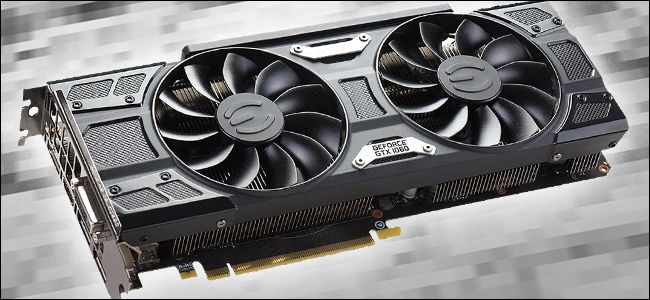
NVIDIA and AMD send out new drivers for their current graphics cards at roughly monthly intervals. These often improve performance, especially on the latest AAA games…except when they don’t.
On occasion, a GPU driver will actually cause a big performance hit instead, sometimes coming along with game crashes or even complete shutdowns.
One such update actually totaled a Windows installation and I had to completely reset my PC.What’s to be done when the latest driver doesn’t play nice with your game or system? It’s a pretty straightforward process. You have a few options: install the driver cleanly, roll back to the previous version, or—the nuclear option—reinstall your operating system altogether.
Before You Start: Make a System Restore Point
Newer versions of Windows make a system restore point, a pre-saved image of your operating system that lets you roll back to a stable point, every time you install a new version of an application. That applies to your graphics card driver, too—they’re released as giant executable files, after all. But it doesn’t hurt to double-check this option and make a manual backup point, just in case. If you’re worried about new drivers wrecking your system, it’s a good habit to get into.
Click the “Start” button or press the Windows button on your keyboard, then type “Create a restore point” and click the relevant result. Click the “Create” button in the menu.
Name the restore point whatever you like, such as “Before GPU update.” Adding a date to the description is helpful. Click “Create” and your PC will save all of your installed programs and system settings for an easy reversion.
Option One: Uninstall Current Drivers and Roll Back
If the latest drivers aren’t working for you, the easiest way to fix the issue is to simply uninstall them and reinstall the previous driver version. First, download the last version of the driver you know was working from either NVIDIA or AMD—both companies keep a database of driver releases dating back several months at least.
Once you’ve downloaded the older version, go into your Settings menu and uninstall the newer version. In Windows 8 and later, you can find this by clicking the “Start” button and typing “add or remove programs.” In Windows 7 or earlier, it’s in the Control Panel under “Programs and Features.”
NVIDIA’s driver package is labelled “NVIDIA Graphics Driver (version number).” For AMD cards, it’s simply labelled “AMD Software.” Click the entry in…
The post How to Recover From a Bad GPU Driver Update appeared first on FeedBox.